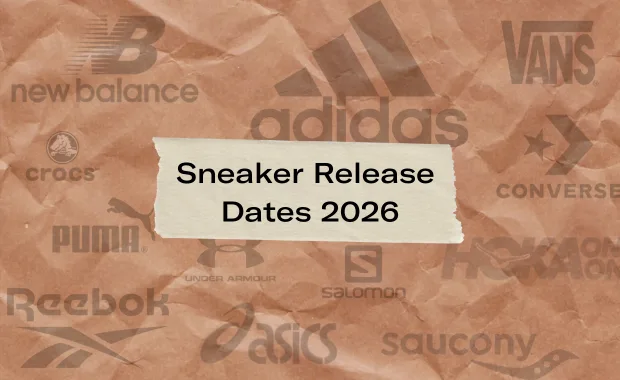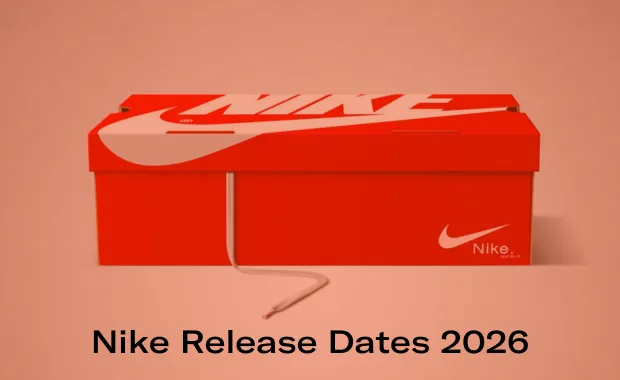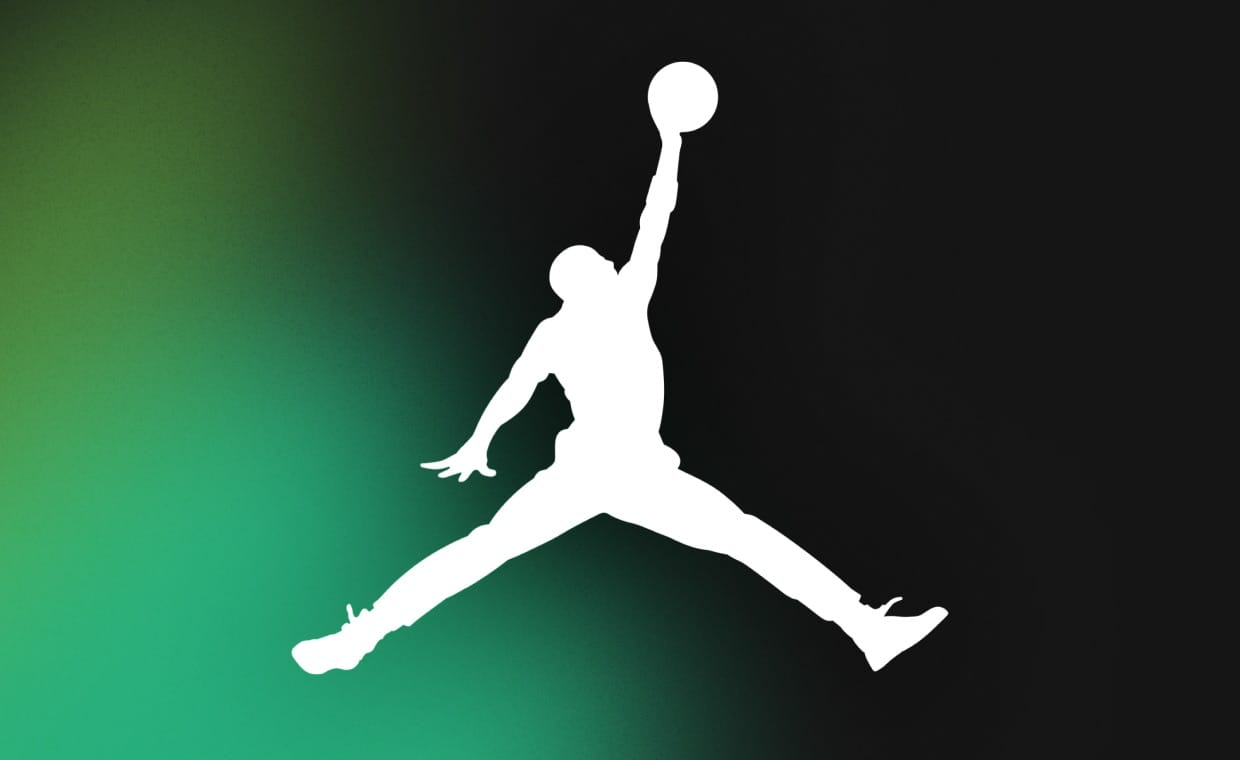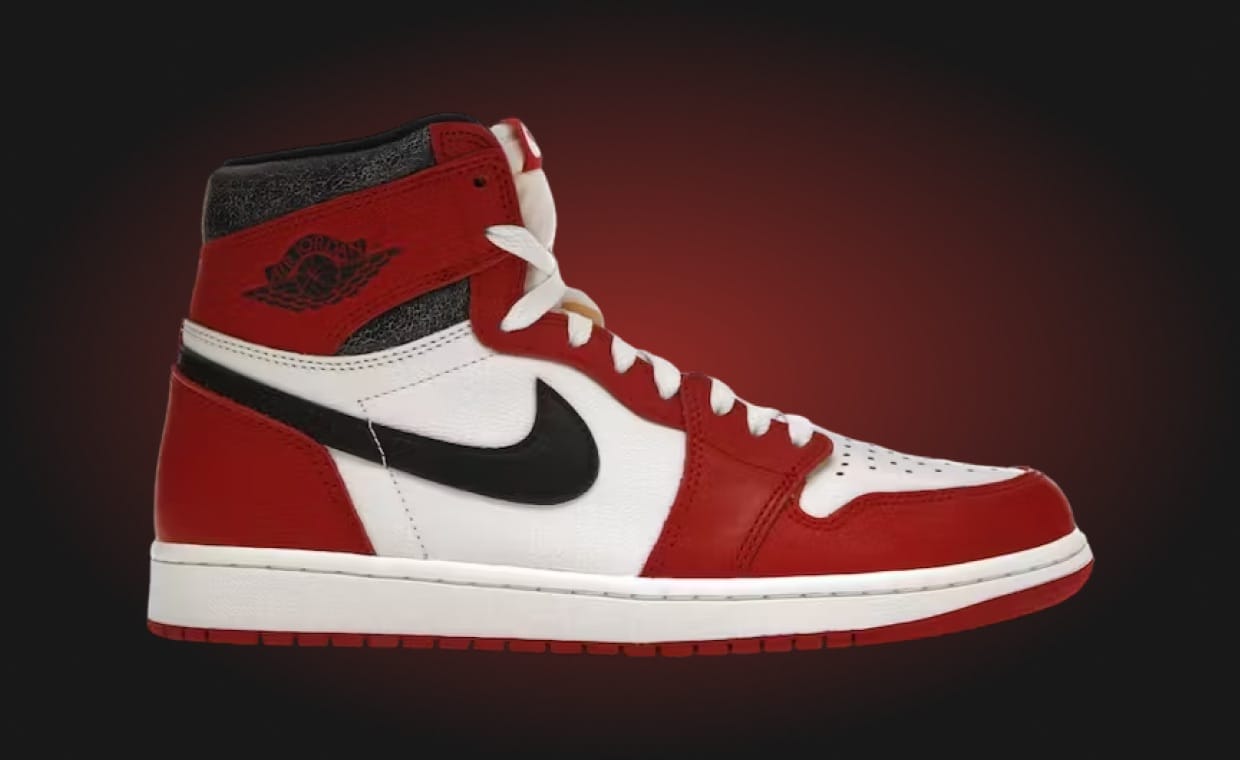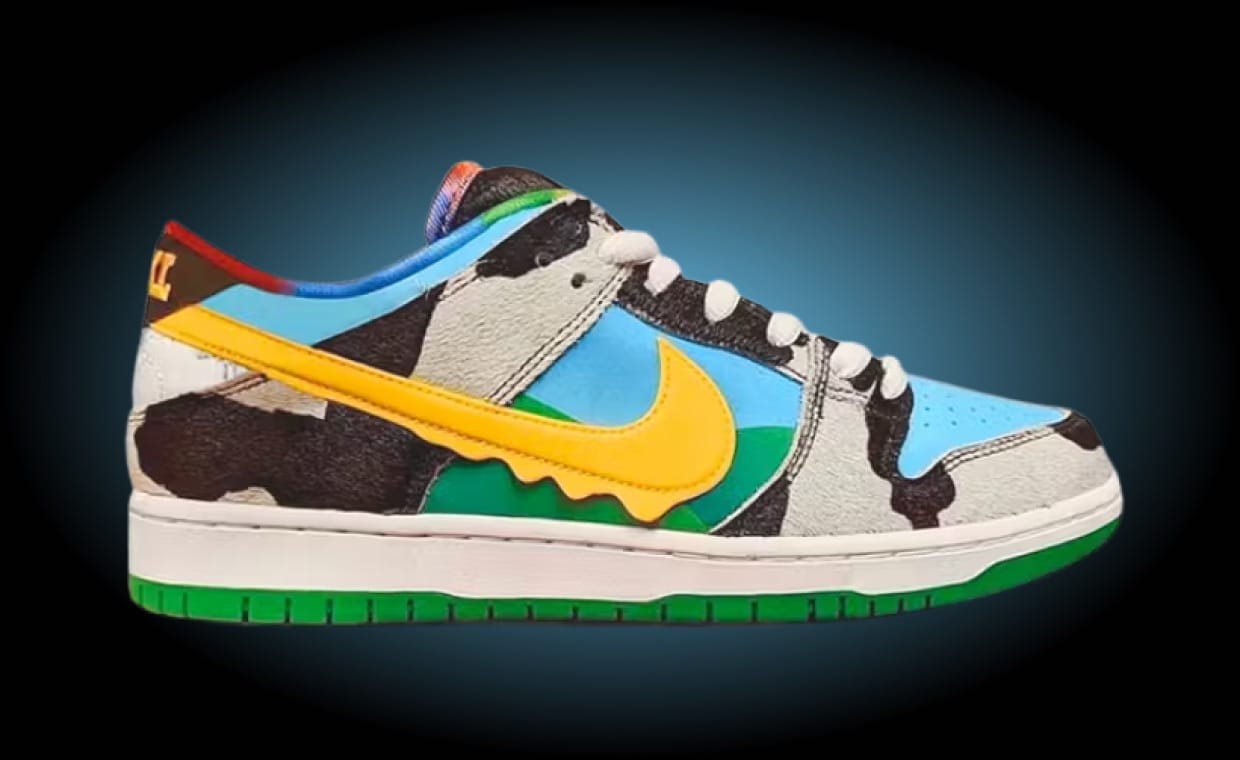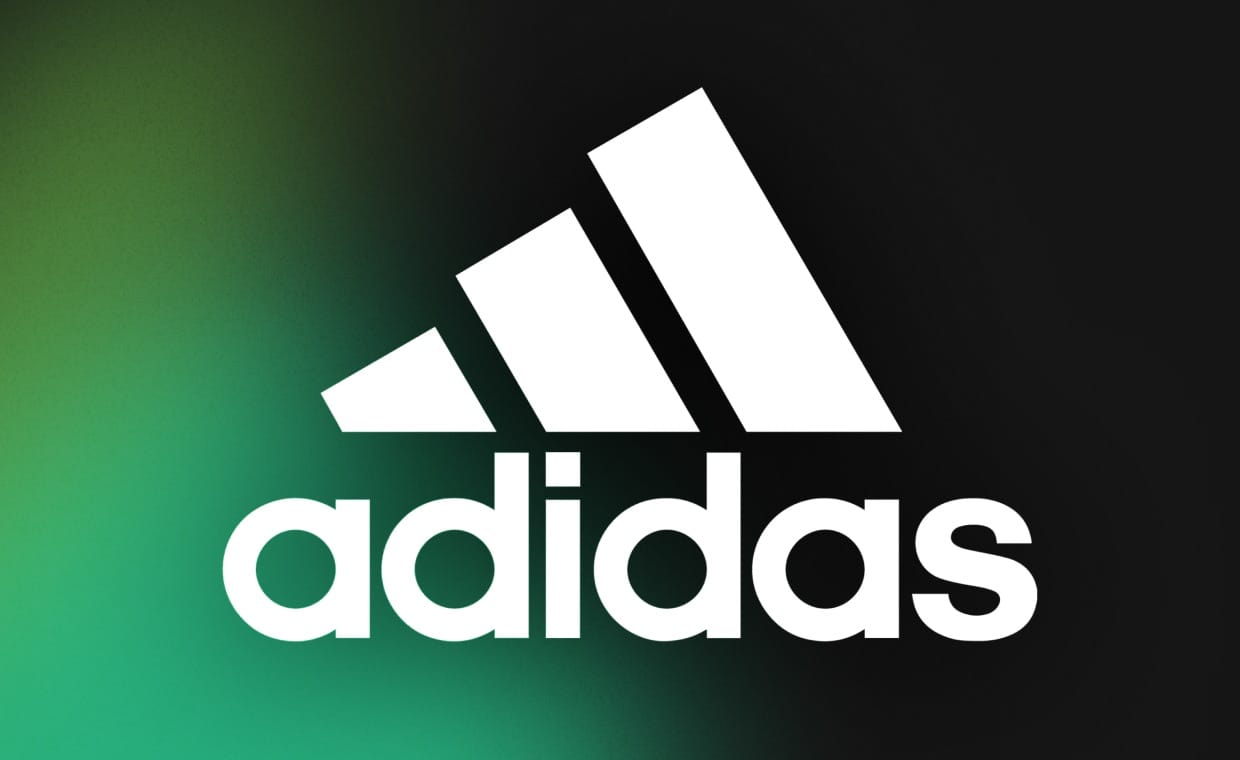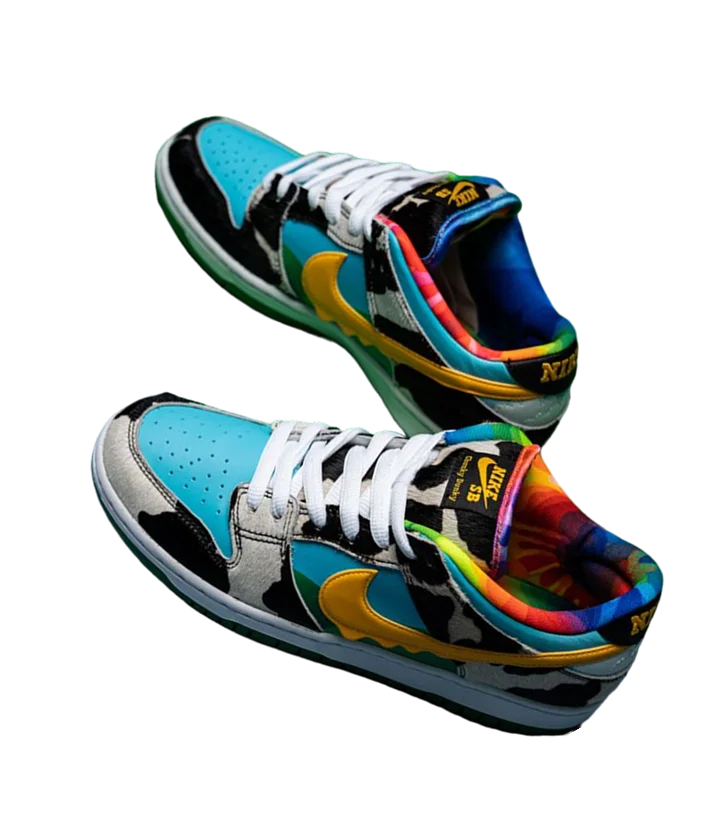Everything You Need To Know About Player Exclusive (PE) Sneakers
PublishedQuick Facts
- PEs are sneakers made specifically for athletes — usually not sold to the public
- Social media has accelerated PE culture
- Some PEs release later, but most stay locked away
- PEs build hype and drive culture but can frustrate fans and retailers
- The disconnect between on-court sneakers and retail availability is a growing challenge for the industry
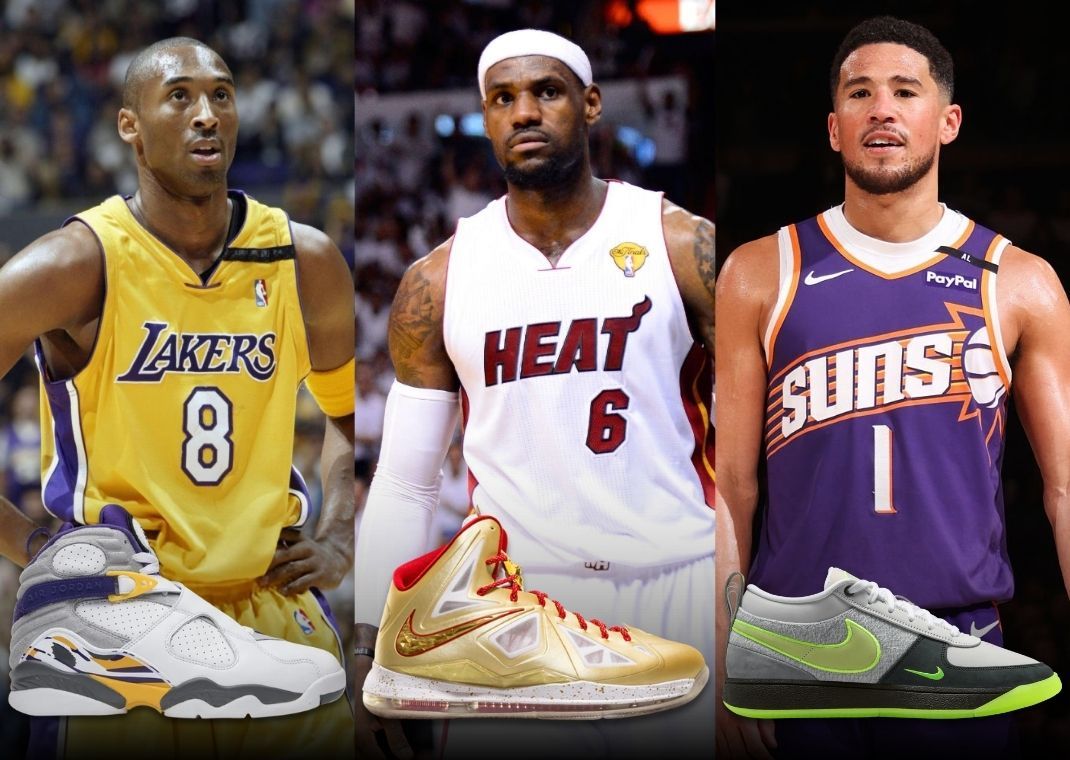
Player Exclusive (PE) sneakers have become the crown jewels of basketball culture. From tunnel walks to tip-off, these limited-edition pairs dominate social feeds, spark fan debates, and elevate athletes into style icons. They’re bold, personal, and often unattainable — which is exactly what makes them so desirable. But for all the hype they generate, PEs also highlight a growing problem: fans can’t buy what they see, and retailers are often stuck trying to sell what never touched the hardwood.
So how did we get here? Let’s dive into the history of PEs, the purpose they serve, and the growing dilemma they present for brands, players, and the sneaker world at large.
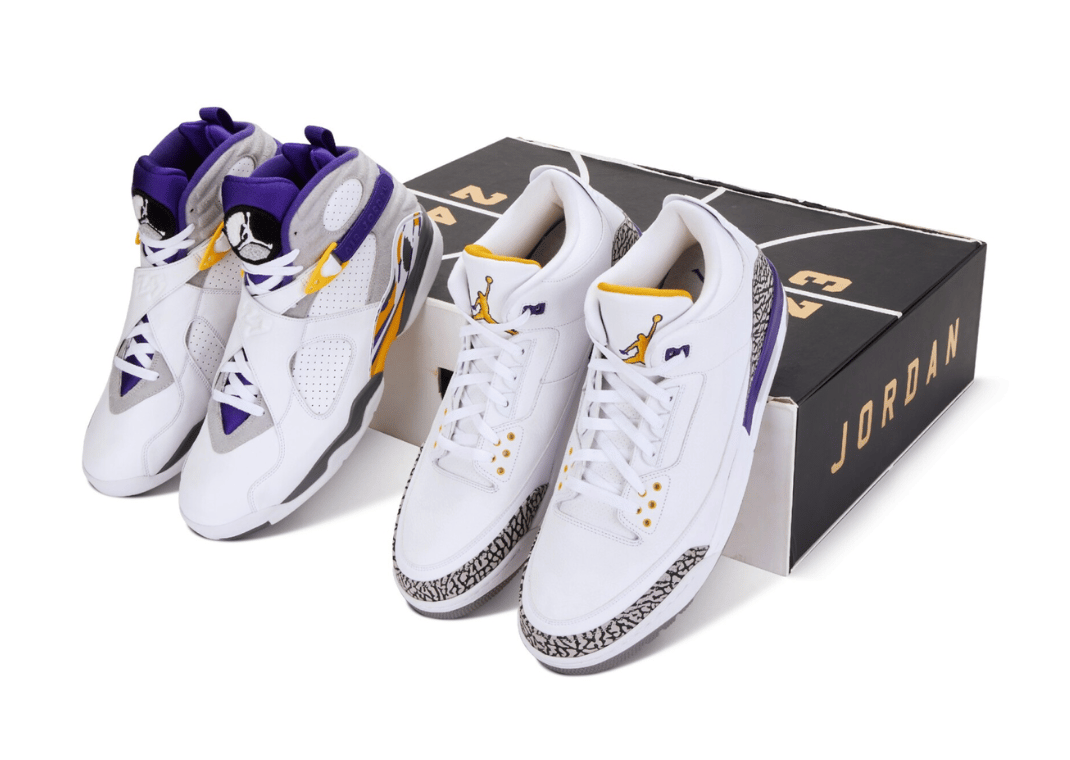
What Are PEs?
PEs are sneakers made specifically for athletes. They might be tailored for performance, customized in team colors, or just a fresh take that reflects an athlete’s personal style. Often, they feature special branding, premium materials, or colorways that never see a public release. And that exclusivity? That’s the hook.
In many ways, PEs are the lifeblood of modern sneaker storytelling. They build mystique. They create moments. And for players, they’re a way to stand out—not just as hoopers, but as tastemakers.
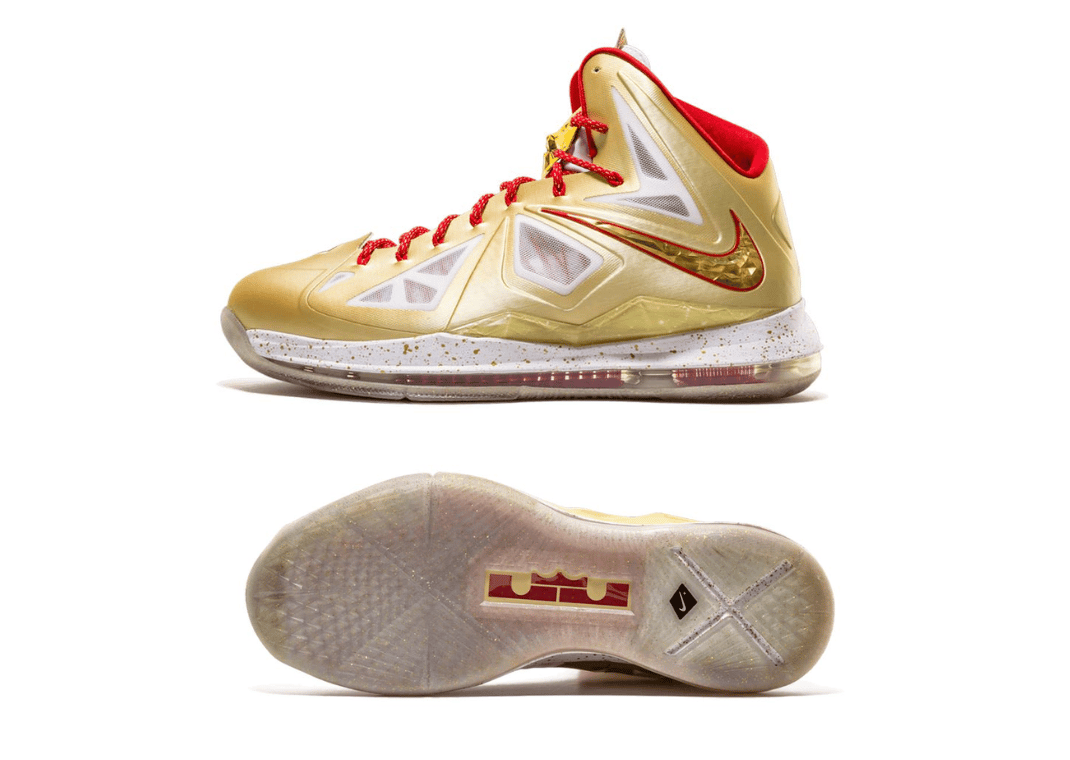
History of PEs
Tracking down the first-ever instance of a sports player (more specifically, basketball) getting an exclusive sneaker is…a bit tough to say the least. There are likely dozens of instances where athletes wore special colorways of Converse or other brands' that dominated the NBA’s early days and were technically player-exclusive.
One of the earliest instances of a player getting a sneaker that was not released to the public can be traced back to the ‘70s when Nike created exclusive sneakers for Paul Westphal, Gus Williams, and Elvin Hayes. In the early ‘70s, before those three, George Gervin was given special colorways of the Nike Blazer with his nickname “Iceman” on the heel, making him the first player to ever get a player-exclusive sneaker from The Swoosh.
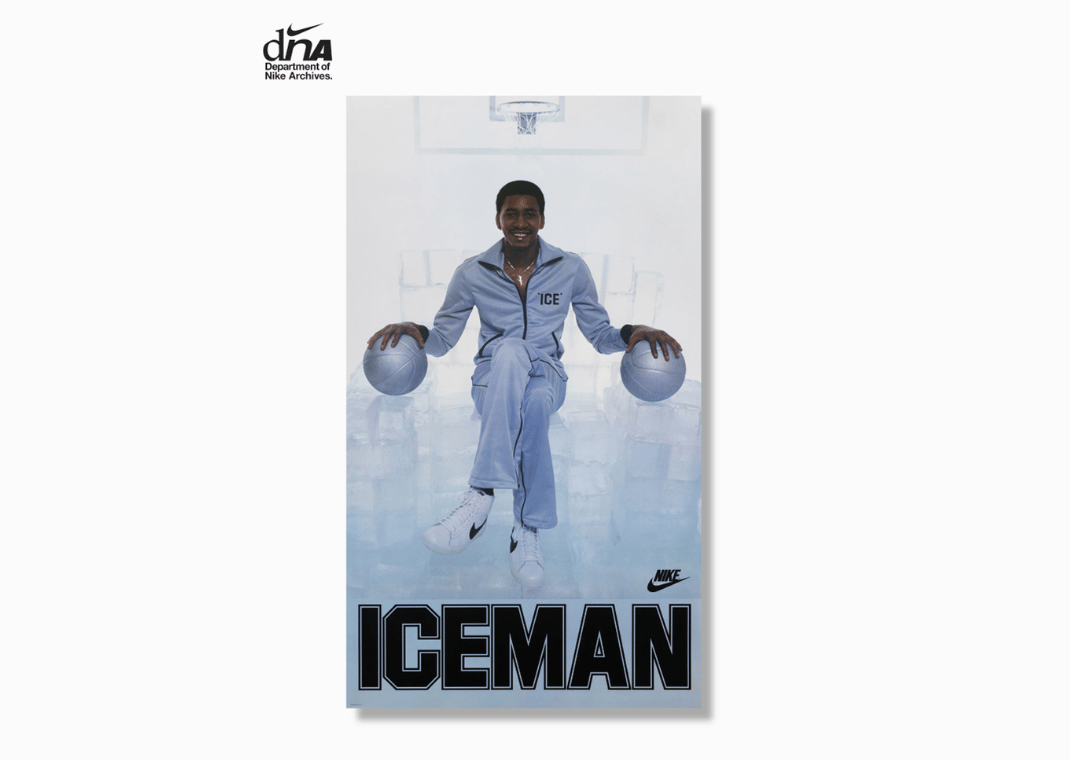
Many will point to the Air Jordan 9 as the start of the modern PE, as Nike internally referred to special colorways given to six athletes, Penny Hardaway, Latrell Sprewell, Kendall Gill, Harold Miner, Mitch Richmond, and B.J. Armstrong, as such. You could argue that player samples that Michael Jordan had of the Air Jordan 1 were “PEs,” though this can lead us down a slippery slope if we try to find all instances of exclusive sneakers not released to the public.
All of these (minus Mitch Richmond’s) were essentially GR (General Release) colorways that featured small hits of team colors and/or their number embroidered on the heel in place of MJ’s 23. Fast forward to the early 2000s, and players across the board were getting player-exclusive versions of sneakers from Nike, Jordan Brand, adidas, and more. Today, it’s not uncommon for player exclusive sneakers to be a more common sight on the NBA and WNBA floors than the GR colorways sitting on shelves.
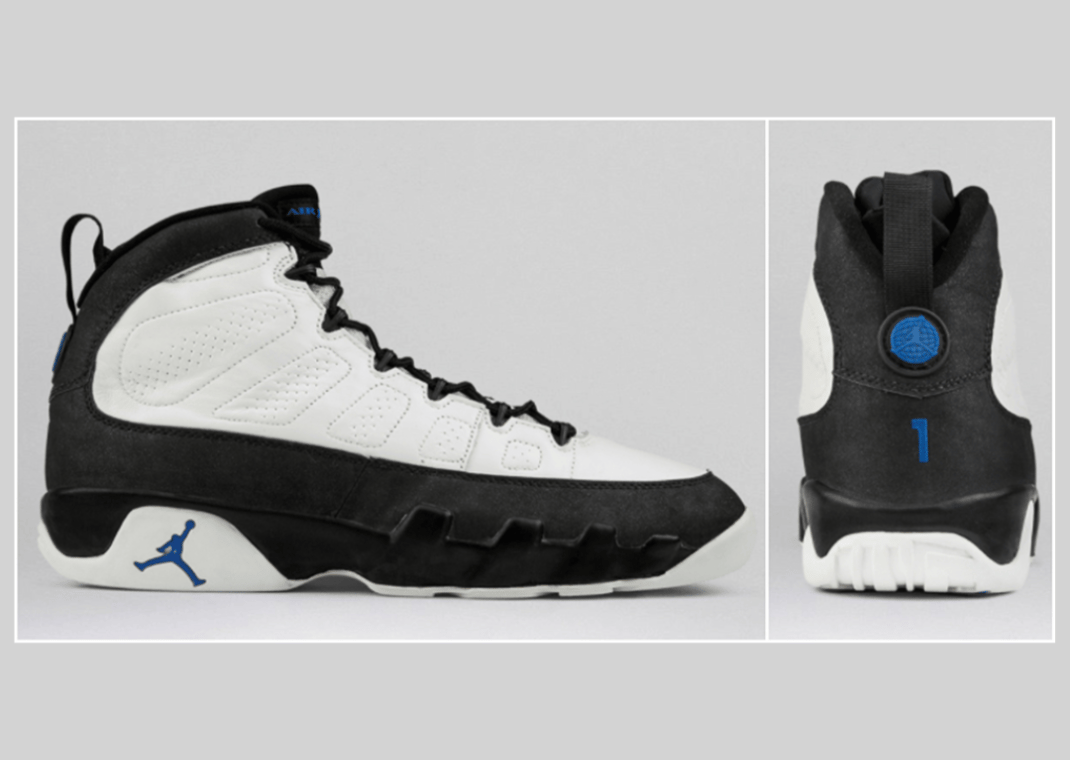
We’d love to dive deeper into the history of PEs (and we probably will do a much deeper look into the House of Hoops era of releases and the golden age of Nike Basketball), but that deserves its own article.
Social Media’s Role in PE’s Gaining Popularity
The early days of PEs also came at a time when sneaker collecting and being a “sneakerhead” were super niche. There are vast resources today that allow us to see virtually everything going on in the sneaker world, and especially NBA and WNBA players’ sneaker choices, but back in the ‘90s, it was much harder to track. It’s quite obvious that as social media and the internet grew (and the popularity of sneaker collecting did as well), it became a more “mainstream” thing.
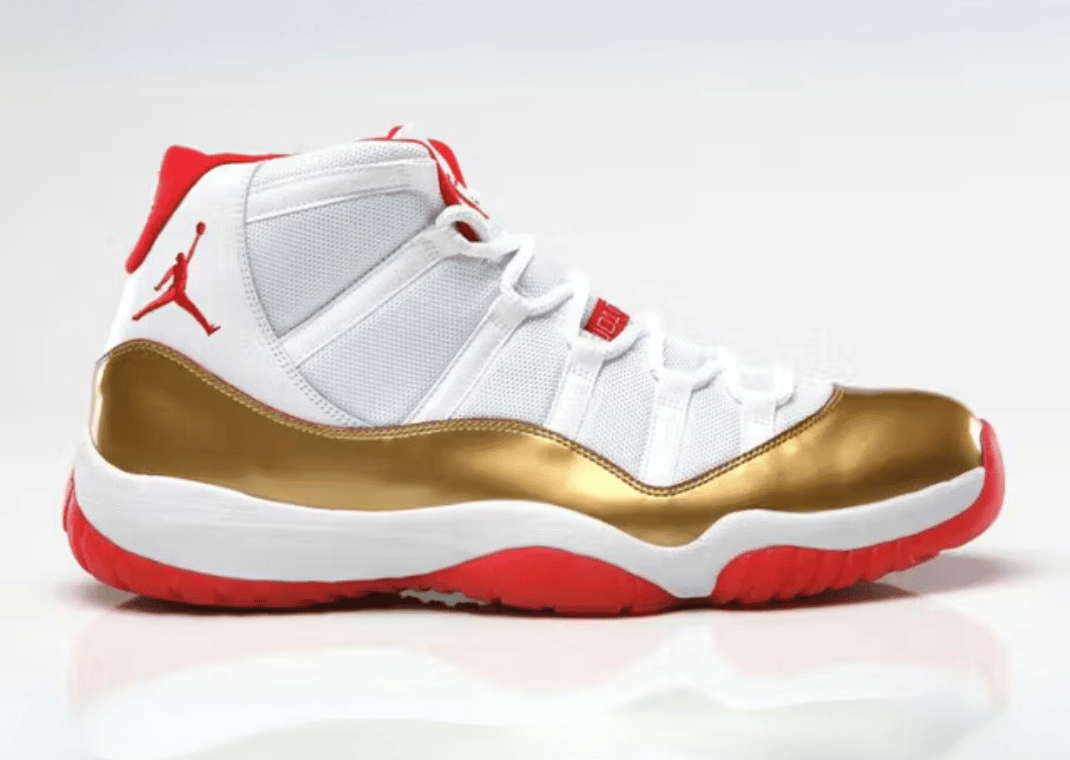
Instagram, X, and TikTok are full of fan pages and accounts that track what each athlete is wearing on and off the court, legacy media and others covering the space post when these athletes are spotted in cool sneakers, and athletes themselves give us insight into their player exclusives. Oftentimes, these get shared and viewed by hundreds of thousands of people, putting more eyes on player exclusives than ever before.
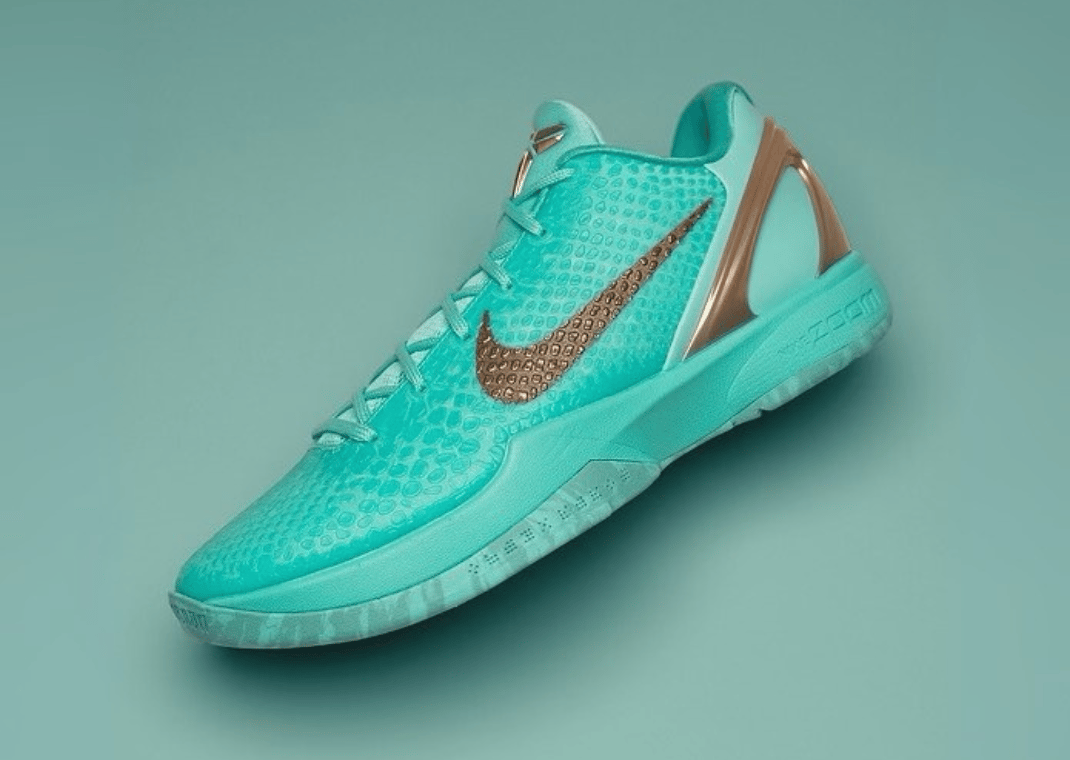
The Hype Machine
There’s no question: PEs are good for culture. They fuel social media content, drive engagement, and give fans something to obsess over. Whether it’s Caitlin Clark’s Kobe 5s, A’ja Wilson’s exclusive Nike A’One’s, or Jayson Tatum debuting new Tatum 3 colorways every other game, these shoes become part of the narrative.
For brands, PEs are a flex. They show that you’re relevant, that your athletes are taken care of, and that your design teams are firing on all cylinders. In some cases, PEs even serve as testing grounds for colorways or details that may end up in future retail releases. It’s visibility, virality, and validation all in one.
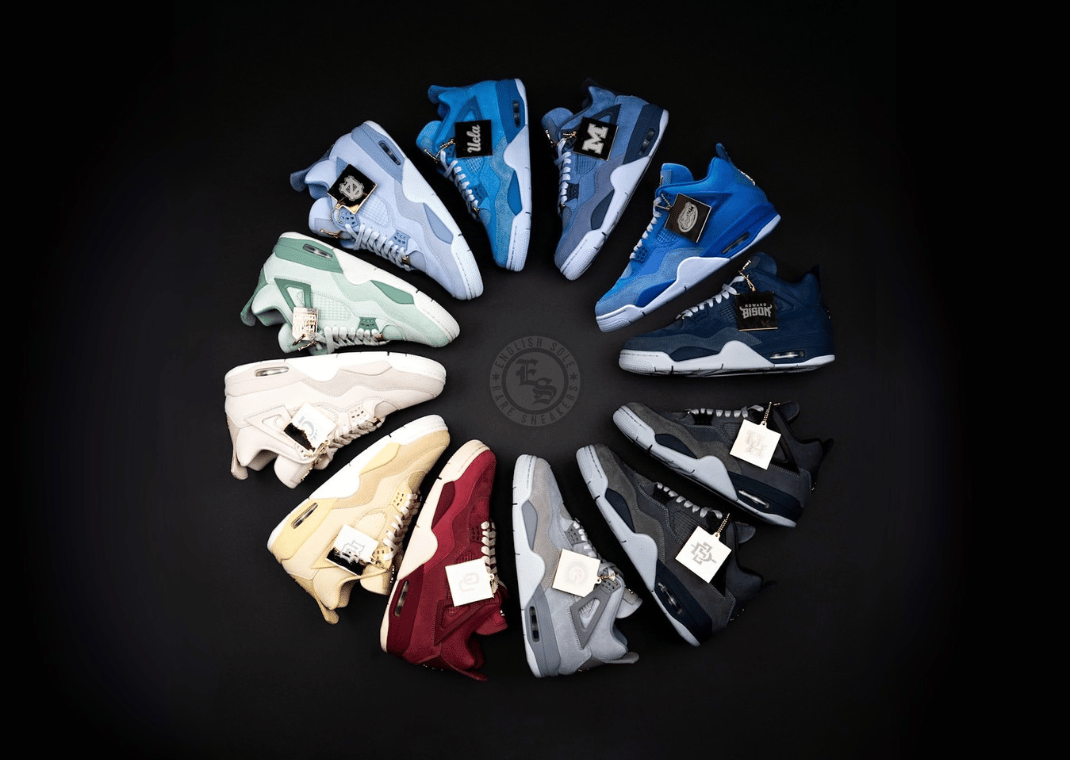
When the Court Doesn’t Match the Shelf
But on the flip side, the rise of PEs has created a growing disconnect between what consumers see and what they can actually buy. Take a player who constantly wears PEs or customs—never the standard, in-line version of their signature shoe. While that builds heat online, it creates headaches for retailers, and sometimes the brands themselves.
Stores like Foot Locker, Dick’s Sporting Goods, JD Sports, and others are placing massive orders months in advance, expecting that the product on shelves will get visibility during high-profile games. But when the star athlete opts to wear a one-of-one pair or something fans can’t get their hands on, those retailers are left wondering: “Why did we commit to all this inventory if the athlete isn’t even wearing it?”
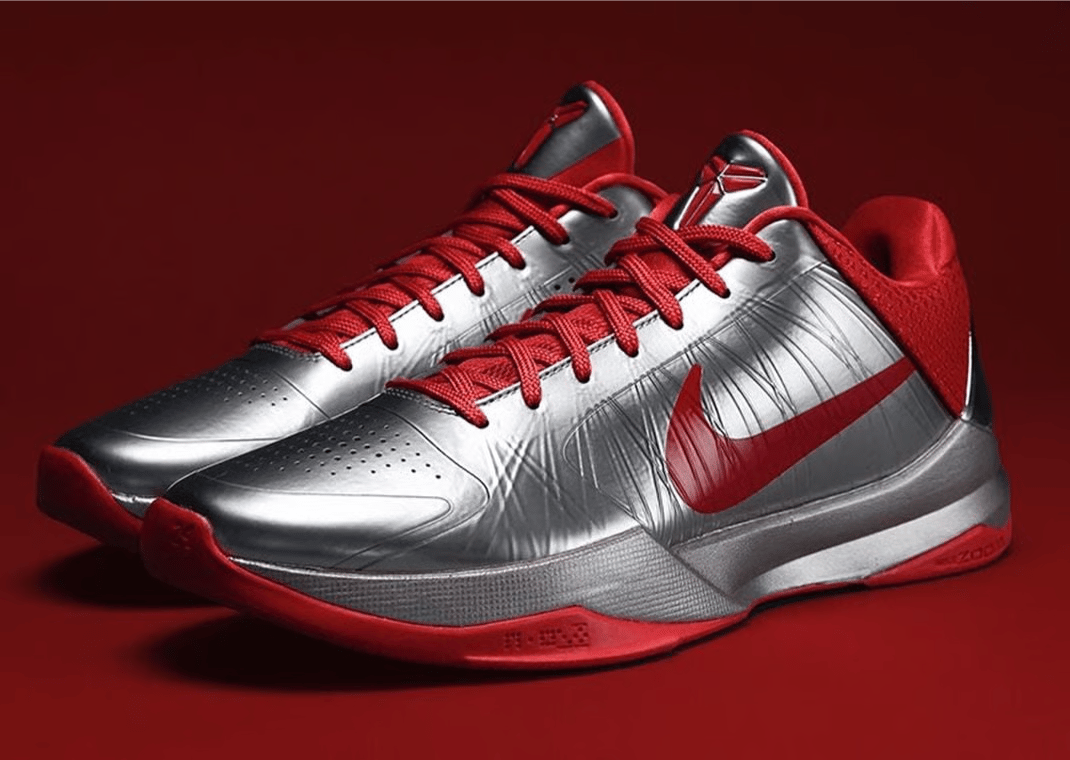
This disconnect can impact sales. Customers walk in asking for the version they saw on TV, only to find it doesn’t exist at retail. That gap between court and consumer is a missed opportunity—especially when the general release product starts to feel like a consolation prize.
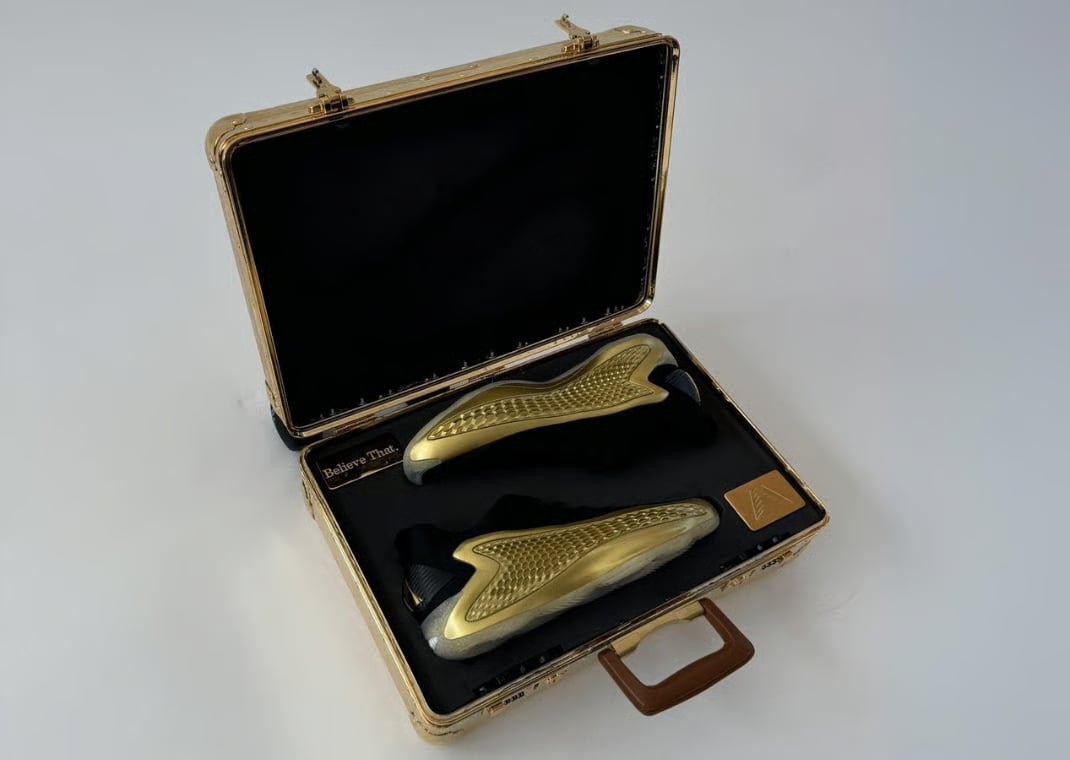
Sometimes They Do Release—But Not Always
To be fair, not all PEs stay locked in the vault. Some eventually do hit the market, often in limited runs. Ja Morant’s “Midnight” Ja 1s and select Kobe PEs are prime examples of this strategy. They generate insane demand and usually sell out instantly. But they’re the exception, not the rule—and the delay between on-court debut and retail drop can still leave a temporary vacuum for both fans and retailers.
Even when PE-inspired colorways are released, they’re often tweaked just enough to feel different from what the athlete actually wore, which sometimes defeats the purpose. Devin Booker’s Nike Book 1 first rolled out in a slew of player-exclusive colorways only available to Booker. However, over a year removed from this, some of these colors are hitting shelves, like the Air Max 95 Neon-inspired rendition.
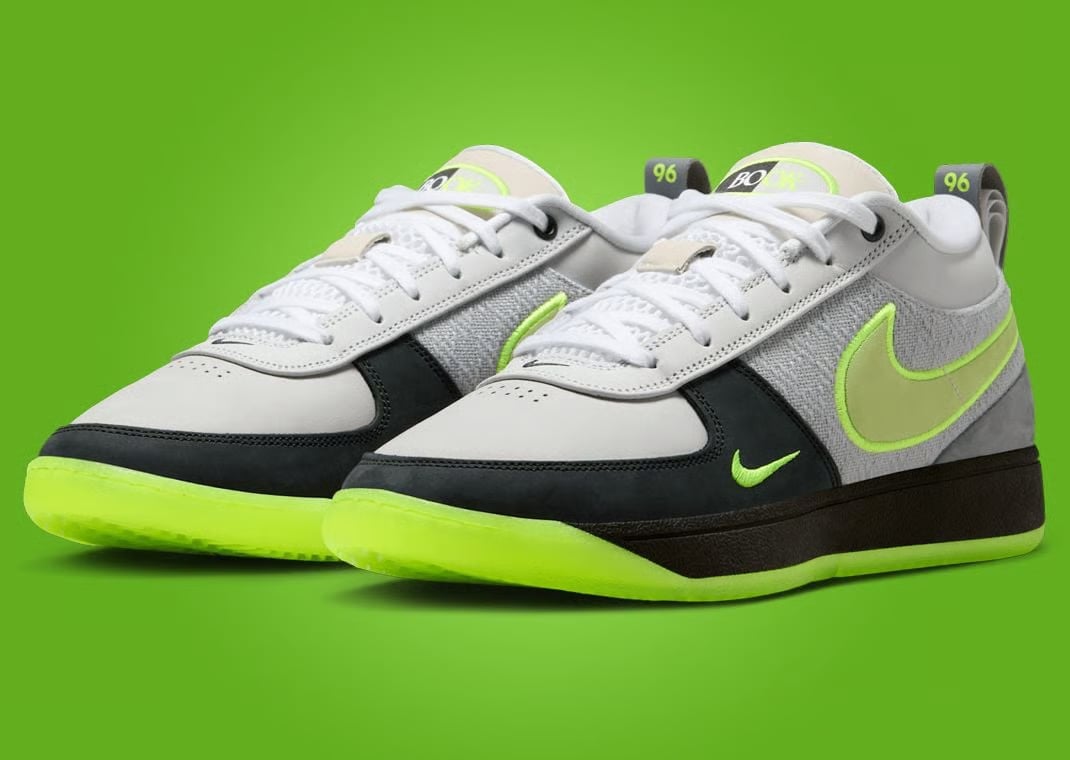
An ongoing example of a brand using PEs to hype up a sneaker is Nike with the upcoming GT Future. The performance basketball model, which takes inspiration from Nike’s Y2K design language (more specifically the Hyperflight and Foamposite), first debuted at NBA All-Star on the feet of rapper Wale and basketball prodigy AJ Dybantsa. Since the initial two colors were teased, Wale has been spotted wearing four other pairs that are more than likely player exclusives.
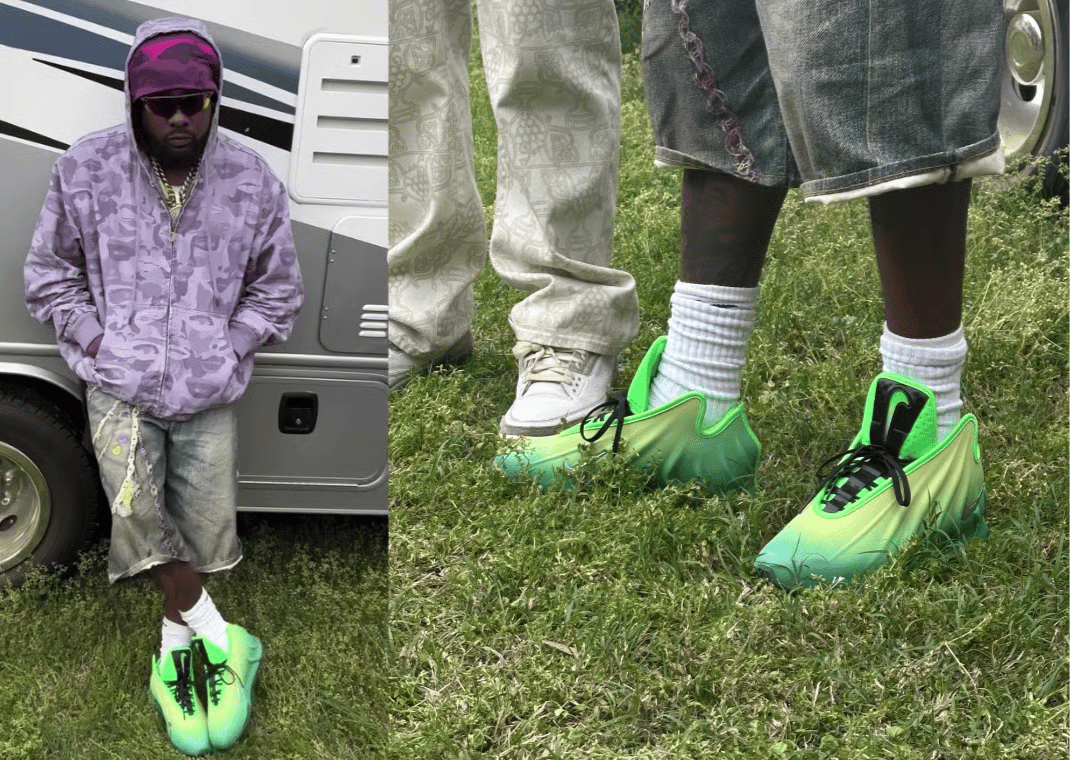
Internal Pressure and PE Culture
There’s another layer to the PE craze: players now feel pressure to consistently wear something different. With social media watching every tunnel walk and warmup, there’s an expectation for athletes—especially signature ones—to never repeat pairs, to always keep it fresh. That fuels content, but it also means even more SKUs, more design cycles, and more production complexity for brands.
For athletes without a signature line, exclusive PEs are sometimes their only shot at making a mark in sneaker culture. So naturally, they push for more custom pairs to separate themselves.
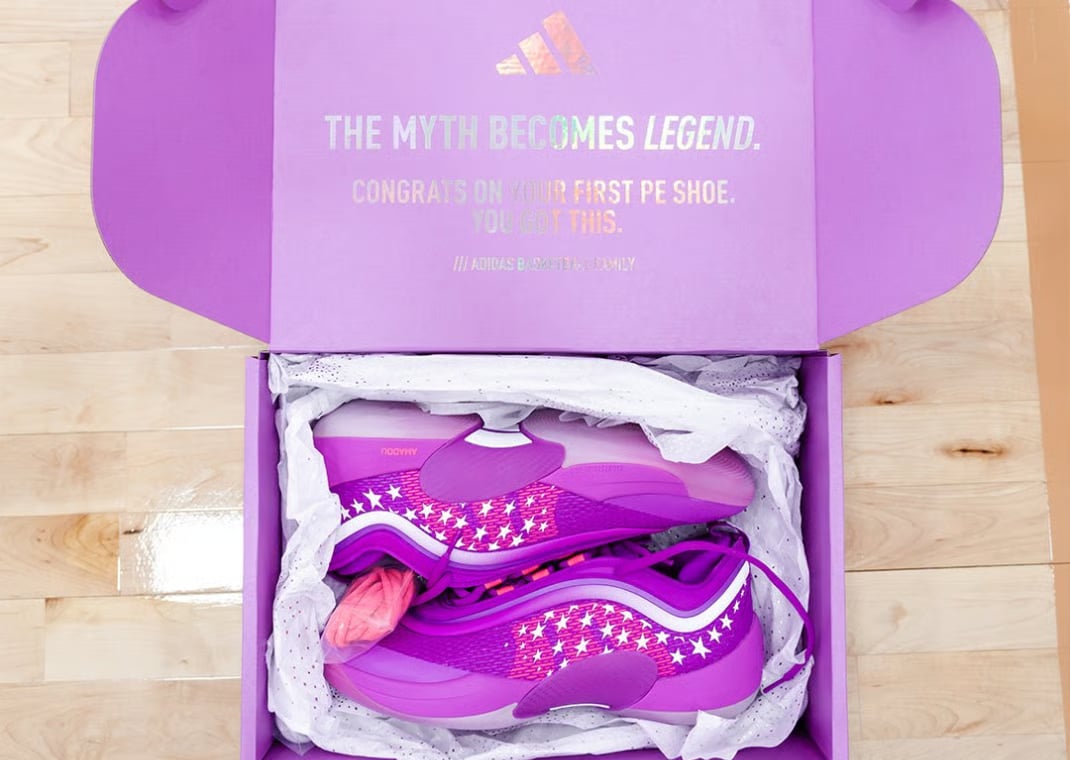
So What’s the Right Balance?
PEs clearly serve a purpose. They build hype, support athlete-brand storytelling, and give fans a taste of the aspirational. But they also highlight an ongoing challenge: how do you build momentum around product that people can’t buy? And at what point does exclusivity start to undercut commercial performance?
Some brands are experimenting with quicker turnarounds from PE to public release. Others are leaning into storytelling around GRs to help bridge the gap. But as social media continues to flatten the space between athlete, brand, and fan, the demand for alignment between what’s worn and what’s available will only intensify.
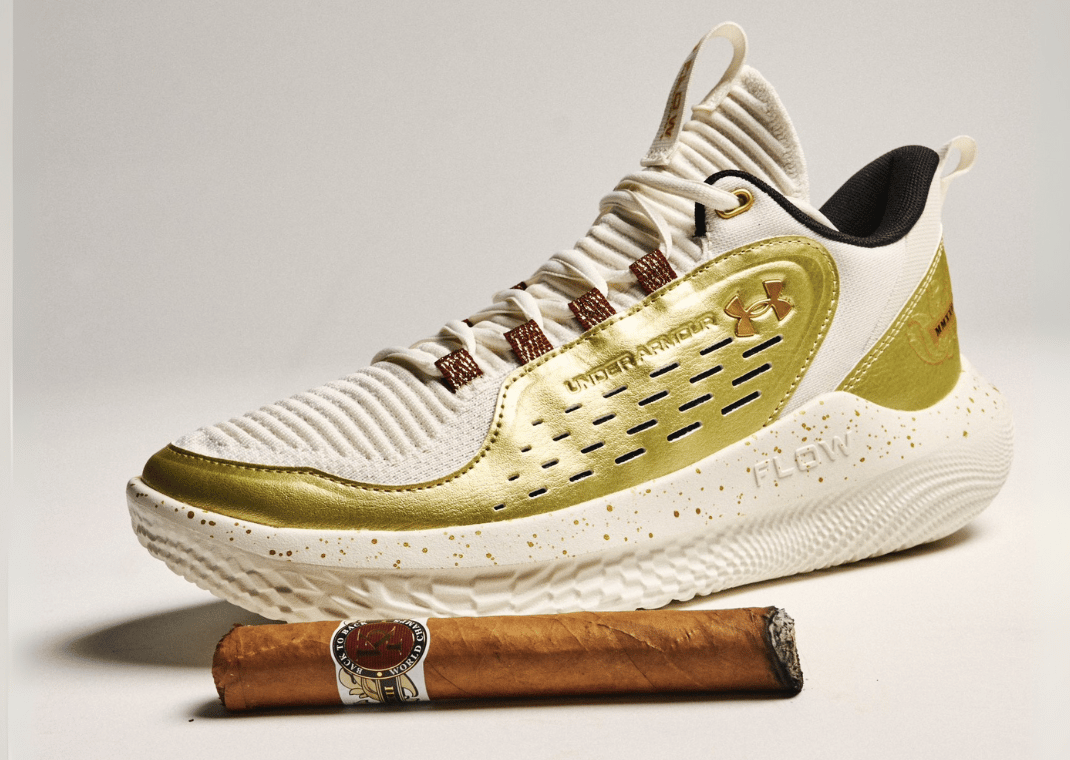
Final Thoughts
Player Exclusives sit at the intersection of performance, culture, and commerce. They fuel the narrative, build athlete identity, and give fans something to obsess over. But when the gap between what’s seen on the court and what’s available in stores grows too wide, it creates friction—for fans, retailers, and even the brands themselves.
Exclusivity drives hype. But if the most talked-about sneakers never hit shelves, they risk becoming nothing more than digital moments—great for engagement, but empty at the register.

Sole Retriever is the leading source for all things sneakers. Tap in for the latest and greatest news.

